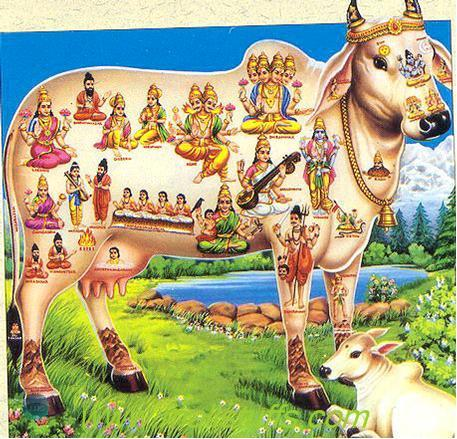Introduction
Animal sacrifice was a common religious practice in ancient civilizations, symbolizing devotion, appeasement, and purification. From Mesopotamia to Mesoamerica, these rituals played a crucial role in religious ceremonies.
Cultural Significance
Mesopotamia: Animal sacrifices honored gods like Enlil and Ishtar, often accompanied by elaborate rituals.
Ancient Egypt: Offerings to deities like Amun and Osiris included bulls and birds.
Greek and Roman Traditions: The Greeks sacrificed oxen, sheep, and goats to Zeus, while the Romans offered animals in state ceremonies.
Mesoamerican Civilizations: The Aztecs performed large-scale sacrifices, believing that blood nourished the gods and sustained cosmic balance.
Religious Interpretation
Sacrifices were believed to forge a connection between humans and the divine, ensuring prosperity and divine favor. Over time, symbolic offerings, such as fruits and grains, replaced live sacrifices in many traditions.
Conclusion
While animal sacrifice has largely faded, its impact on religious traditions remains profound, influencing modern rituals and symbolic offerings.







